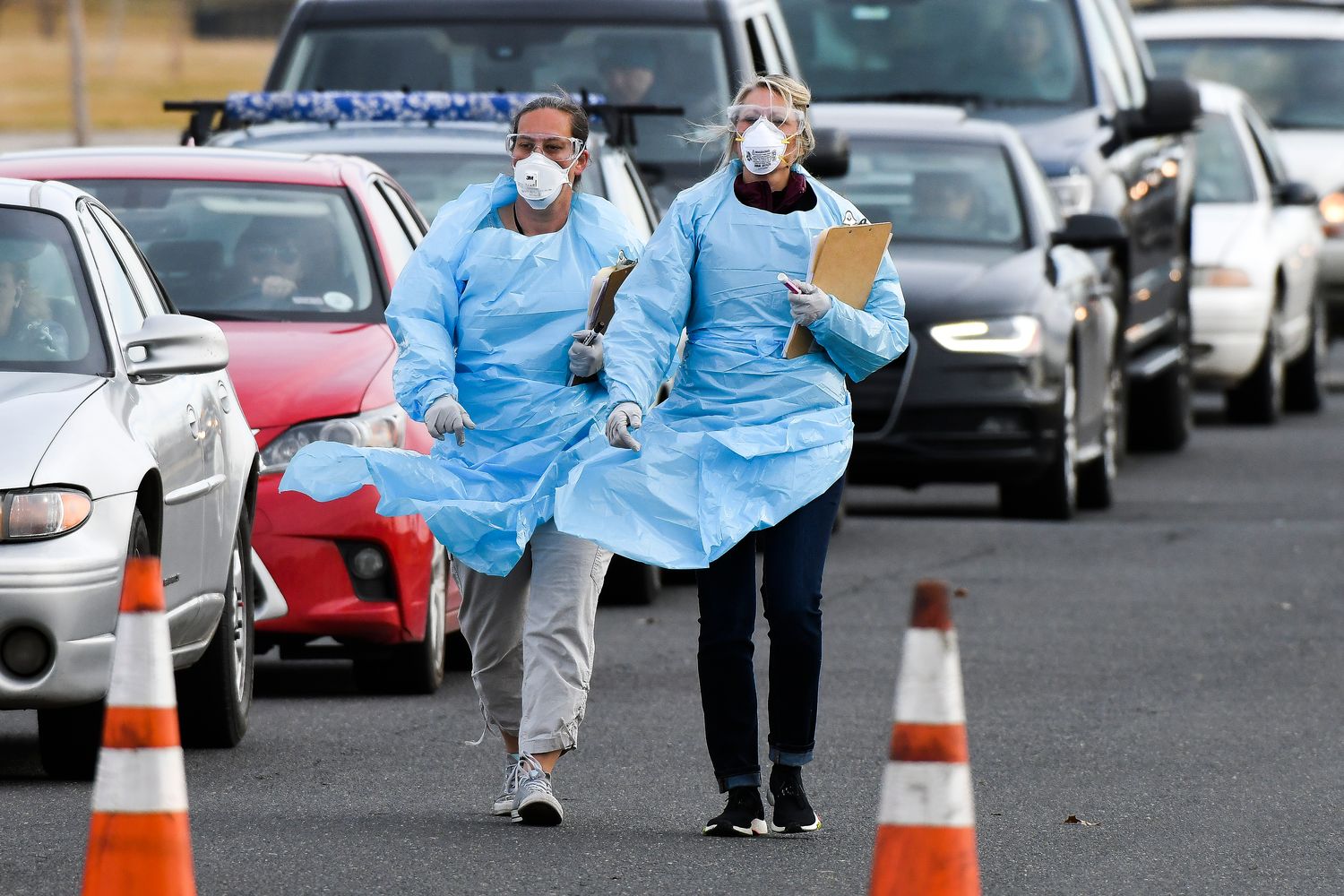
New examples seem to sprout up daily. The District of Columbia this week became the latest jurisdiction to endure scrutiny, with the city using a “community spread” metric — excluding nursing homes, correctional facilities and others — as a justification for reopening the area.
Iowa Gov. Kim Reynolds told reporters that the state will share information about outbreaks at meatpacking plants only upon request. And Georgia has only just begun to differentiate between the two types of coronavirus tests it’s been adding into its testing totals for weeks.
“All these stories about undercounts, overcounts, miscounts, are undermining our ability to deal with the pandemic,” said Irwin Redlener, a public health expert at Columbia University. The country, he said, is confronting an “unheard of level of chaos in the data, the protocols, the information.”
The problems are widespread and have infiltrated federal health agencies as well. The Centers for Disease Control and Prevention blended diagnostic and antibody tests, boosting the nation’s overall testing numbers.
The Department of Health and Human Services took out of context data on the danger of “deaths of despair” from overdoses and suicides amid an economic debacle, according to the authors of the report in question. On Tuesday, an ethics center at Harvard rebuked the White House for misleadingly citing numbers from one of its studies to buttress the administration’s national testing report.
Nearly half the U.S., meanwhile, has registered rising caseloads as states press ahead with reopening the economy. While some of that reflects increased testing, an accompanying uptick in hospitalizations is worrying experts, including former FDA commissioner Scott Gottlieb.
The White House, which has insisted it’s following a “data-driven path” to reopening, did not respond to questions about the data that it’s relying on.
But within the Trump administration, some officials aren’t merely ignoring the warning signs. They’re also selectively using scientific advice and models in their quest for a swift reopening. For instance, HHS Secretary Alex Azar warned during a recent Cabinet meeting that the U.S. could see 65,000 additional “deaths of despair” if the country does not get back on track to normalcy soon.
In reality, the study he cited explicitly warned against lifting lockdowns before health data showed it was safe to do so.
“Some might use this report to argue that this is why our economy needs to open up fast. But that’s NOT what we are saying,” wrote the authors of the report, which was published by the American Academy of Family Physicians and Well Being Trust. “Even as of today parts of the country are opening, data suggest that this is premature due to a lack of consistent testing, which allows public health authorities to trace, treat and isolate to prevent further spread.”
Harvard University’s Safra Center for Ethics similarly publicly chastised the administration. HHS used one of the center’s testing models to suggest the U.S. was already testing enough people to contain the virus — when the center was arguing that testing is woefully inadequate to ensure a safe reemergence from “stay at home.”
“The Department’s Report does not provide an accurate summary of the modeling supporting our recommendations,” said the center’s director, adding that HHS had cited a “nonprimary” model in the study’s appendix and then adjusted the assumptions underpinning it.
The data challenges are making it even harder for the states to balance health and economic imperatives. In addition to pulling back from its historic role as the central health authority during public health crises, the Centers for Disease Control and Prevention has established few firm standards for how states should monitor Covid-19 and made little overt effort to coordinate its messaging with state and local health departments.
That’s created a patchwork system where key health information is collected and communicated with little uniformity, and amid rising concern over whether Americans are receiving reliable reports about the pandemic fight.
At least a half-dozen states have admitted to inflating their testing figures by mixing two different types of tests into its totals, a practice widely derided as scientifically unsound.
Source: politico.com
See more here: news365.stream






